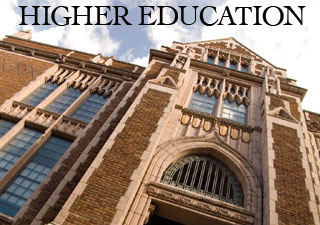Media
A Diet for Higher Education
 Sunday, the Post Gazette published an article from our friends at the Center for College Affordability and Productivity. They argue there is no relationship between state appropriations and tuition hikes:
Sunday, the Post Gazette published an article from our friends at the Center for College Affordability and Productivity. They argue there is no relationship between state appropriations and tuition hikes:
This does not mean tuition increases never coincide with reductions in state funding. But since 1990, net-tuition charges have risen in all but two years in the Keystone State, despite year-to-year fluctuations in state appropriations. The only discernible trend is ever-increasing tuition, regardless of state appropriations.
The authors go on to explain how universities can cut costs without raising tuition:
In short, rather than raising student tuition to maintain an inefficient status quo, higher education needs to be put on a diet.
Here’s four dieting tips the writers suggest:
1. Reduce Administrative Staff: CF has written extensively on administration bloat, as Penn State admin staff per student increased by 70% from 1993 to 2007.
2. Increase Teaching Loads: On average, faculty taught only 1.6 courses per term in 2004 nationally compared with 2.8 courses in 1998.
3. Eliminate Unnecessary Programs: Opportunities include cutting programs with low faculty and student interest.
4. Eliminate Redundancies and Utilize Distance Learning: Pennsylvania students can attend 20 different public colleges if they want to major in communications, according to Barron’s College Guide.